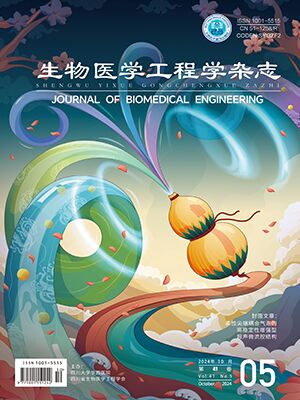The study aims to investigate the effect of the ratio of long axis to short axis (RLS) of upright polypropylene infusion bag on discharging process and to search the best RLS. Aiming at five different RLS (1.5:1, 2:1, 3:1, 4:1 and 5:1, respectively) with the volume of 100 mL, 250 mL and 500 mL, respectively, based on finite element method, analyzing the variation of stress distribution, emptying rate, drugging space and steadiness coefficient, etc. For the bags of the same volume, emptying rate increased with increasing of RLS, but the steadiness coefficient decreased with increasing of RLS. The specific increasing amplitude of emptying rate and decreasing range of steadiness coefficient were as follows: 20% and 49% for 100mL infusion bag, 9% and 51% for 250 mL infusion bag, and 11% and 46% for 500 mL infusion bag, respectibvely, when RLS increased from 1.5:1 to 5:1. Comparatively speaking, the increasing amplitude of the emptying rate is remarkably less than the decreasing range of the steadiness coefficient. By comprehensive consideration of both emptying rate and steadiness coefficient, lower RLS is recommended for upright polypropylene infusion bag.
Citation: DENGKe, GUOWeipeng, ZHUShuiwen, TANGZhixiong, ANGWentao. Numerical Study on the Performance Effect of the Ratio of Long Axis to Short Axis of Upright Polypropylene Infusion Bag. Journal of Biomedical Engineering, 2014, 31(3): 606-611. doi: 10.7507/1001-5515.20140114 Copy
Copyright © the editorial department of Journal of Biomedical Engineering of West China Medical Publisher. All rights reserved




